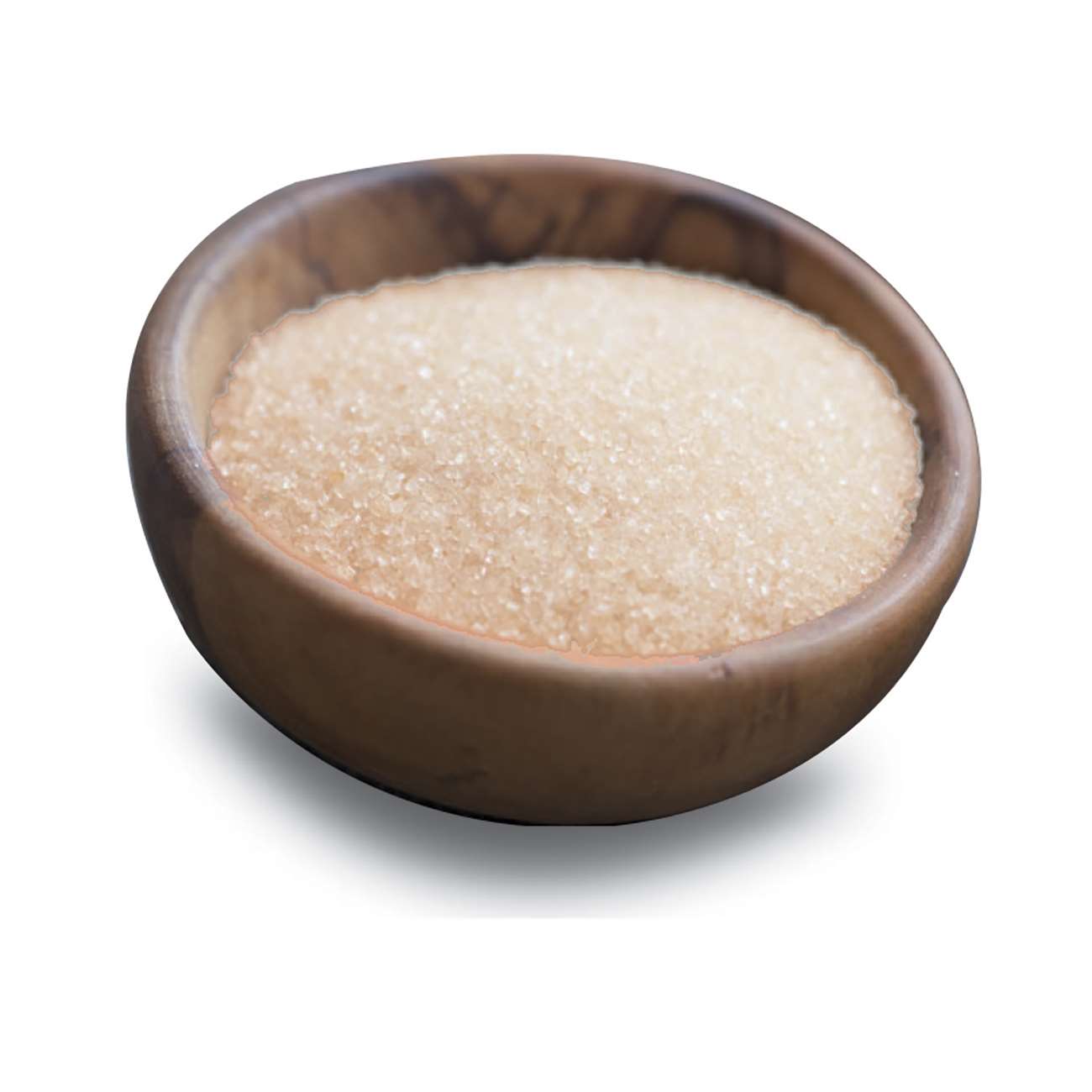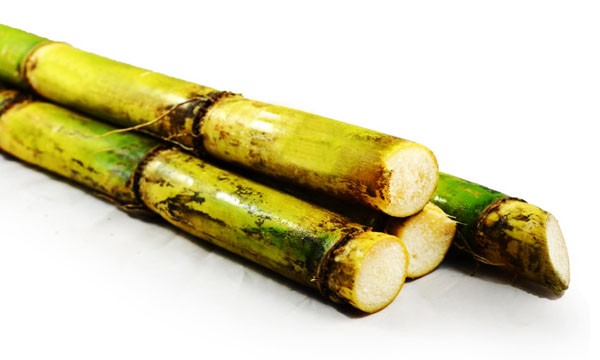Cane Sugar Processing: Conventional Techniques and Modern Innovations
Wiki Article
Understanding the Crucial Methods and Technologies Employed in Modern Cane Sugar Handling
The advancement of walking cane sugar processing has been dramatically shaped by the assimilation of advanced strategies and innovations that address both effectiveness and sustainability. Enzyme-assisted removal and sophisticated refining techniques have actually transformed return optimization, while automation facilitates functional integrity. Additionally, the focus on lasting practices shows a growing awareness of ecological impact. As we check out these critical developments, it becomes important to take a look at just how they not just improve production however additionally line up with more comprehensive industry trends and consumer demands, increasing inquiries concerning the future of sugar handling and its implications for global markets.Historical Context of Cane Sugar Processing
The historical context of walking cane sugar processing discloses an abundant tapestry of agricultural innovation and social exchange that has shaped its growth over centuries. The procedure of fine-tuning and drawing out sugar acquired energy in India, where techniques for crystallization were improved around the 6th century.
Advanced Removal Techniques
Efficiency in walking cane sugar removal has actually seen considerable improvements, driven by the requirement for higher yields and reduced manufacturing expenses. Typical approaches have developed, paving the way to cutting-edge modern technologies that boost the efficacy of the extraction procedure. One remarkable advancement is making use of enzyme-assisted removal, wherein particular enzymes break down cell wall surfaces and release even more sucrose from the walking stick fibers. This method not just enhances sugar yield but likewise reduces the power required for processing.Furthermore, the adoption of membrane filtration modern technologies, such as nanofiltration and reverse osmosis, has actually revolutionized the splitting up of sugar from impurities. These techniques permit the careful permeation of sugar molecules while maintaining larger pollutants, streamlining the extraction procedure and reducing waste.
In addition, the integration of continual extraction systems has caused boosted operational performance. Cane Sugar Processing. These systems maintain a continuous flow of walking cane material, making certain optimal removal conditions and minimizing downtime related to batch handling
Innovative Refining Technologies
Refining techniques in cane sugar processing have gone through a transformative change, driven by the need for higher pureness and improved product quality. One of one of the most notable advancements is the adoption of membrane filtering innovations, such as ultrafiltration and nanofiltration. These processes effectively get rid of contaminations and colorants without the requirement for extensive chemical therapies, consequently protecting the sugar's natural taste and improving its appeal.An additional considerable development is making use of ion exchange materials, which permit discerning removal of undesirable ions from sugar options. This technology not just boosts the overall pureness of the end product but likewise contributes to minimized waste and environmental effect.
Furthermore, innovations in adsorption methods, making use of activated carbon and various other sophisticated materials, have actually proven efficient in decolorizing sugar remedies while preserving optimum quality. The combination of these cutting-edge refining modern technologies ensures that makers can produce polished sugar with premium quality and preference, satisfying the developing choices of customers.
Automation and Control Equipment
Recent innovations in refining innovations have actually led the way for significant enhancements in automation and control systems within walking stick sugar handling centers. These systems make use of sophisticated software application and equipment to improve functional performance, reduce human error, and guarantee constant product high quality.Modern automation integrates different elements, including sensors, actuators, and programmable reasoning controllers (PLCs), allowing real-time surveillance and control of critical processes. As an example, pressure, circulation, and temperature level prices can be specifically managed throughout removal, information, and condensation stages, enhancing performance and reducing websites waste.
Additionally, advanced data analytics and maker discovering algorithms play a critical role in anticipating upkeep, permitting drivers to prepare for devices failings prior to they happen. This positive technique not only minimizes downtime yet likewise prolongs the lifespan of equipment.
Furthermore, automation facilitates the application of Market 4.0 concepts, equipping sugar mills to achieve better connectivity and information exchange across procedures. Because of this, decision-making comes to be more enlightened and active, ultimately boosting the overall competition of cane sugar manufacturing. With these improvements, the industry is well-positioned to fulfill growing international demands while preserving functional excellence.
Sustainability Practices in Sugar Manufacturing
Sustainability techniques in sugar production have come to be progressively essential as the market looks for to stabilize economic feasibility with ecological responsibility. As consumer recognition grows concerning the ecological influences of agricultural techniques, sugar manufacturers are adopting ingenious techniques to lower their ecological footprint.One considerable strategy is the implementation of precision farming strategies, which utilize data analytics to enhance source usage, such as water and plant foods. This decreases waste and lessens the influence on local ecological communities. Furthermore, numerous producers are transitioning to renewable resource resources, such as biomass from sugarcane byproducts, to power their operations, thus reducing dependence on fossil gas.
why not look here
Water monitoring techniques are additionally crucial; rain harvesting and reliable watering systems aid alleviate water shortage problems. Cane Sugar Processing. Additionally, integrated pest management strategies reduce chemical use, advertising biodiversity and soil health
Corporate social responsibility campaigns are arising, with business buying local areas and making sure reasonable labor practices. By embracing these sustainability techniques, the sugar market not only enhances its reputation yet additionally adds to a much more lasting agricultural landscape, leading the way for future generations.

Verdict
In summary, modern walking cane sugar handling integrates an array of sophisticated techniques and technologies that substantially improve sustainability, efficiency, and yield. Collectively, these advancements position the walking stick sugar sector to fulfill contemporary demands while addressing vital global obstacles.The development of walking stick sugar handling has actually been considerably shaped by the integration of innovative strategies and innovations that deal with both performance and sustainability.The historic context of walking cane sugar additional reading handling reveals a rich tapestry of agricultural innovation and social exchange that has actually formed its growth over centuries. Developments in milling and refining arised, laying the groundwork for modern-day walking cane sugar processing.Refining methods in walking stick sugar processing have gone through a transformative change, driven by the demand for greater pureness and improved product top quality.In summary, modern-day walking cane sugar handling includes a variety of sophisticated strategies and modern technologies that dramatically boost sustainability, effectiveness, and return.
Report this wiki page